Modern design still surprises us — clean lines, smart function, and bold moments you don't expect.
If you want to recognize it or apply it in a home or public space, this page collects clear patterns and practical tips from both architecture and interiors.
Modern design started as a break from heavy ornament. It values light, simple forms, honest materials, and layouts that put people first. That doesn't mean every modern building looks the same. You can see modern ideas in minimalist tech products, mid-century houses, postmodern façades, and functionalist planning.
How to spot modern design
Look for open plans, large windows, and visible structure. Materials like exposed concrete, steel, glass, and warm wood often appear together. Spaces usually avoid unnecessary trim; instead they highlight a single strong feature — a stair, a beam, or a big window wall. Color palettes stay calm, but designers add contrast with one bold accent.
Modern design favors function. Rooms should work for how people live: flexible furniture, clear traffic paths, and storage that disappears. Lighting matters as much as walls; well-placed fixtures make rooms feel larger and more usable. Good modern spaces hide clutter without hiding personality.
Modern design also borrows history. You can trace ideas from Bauhaus, mid-century modern, and even Baroque or Renaissance details that were reinterpreted. Today's architects mix styles — a Beaux-Arts exterior might hide a modern, daylight-filled interior. That blend keeps modern design alive and surprising.
Use modern design at home
Start with one change: swap bulky furniture for slimmer pieces, add a large mirror, or open a doorway to create flow. If budget allows, replace heavy doors with glass panels to bring light through. Choose durable materials that look better with age, like oak or raw metal, instead of trendy finishes that date quickly.
For small spaces, pick multifunctional pieces: a bench with storage, a fold-down table, or a sofa that doubles as a workspace. Keep walls mostly neutral and let art, plants, or a single rug add warmth. A tidy home amplifies modern design more than expensive upgrades.
When restoring older buildings, respect original bones but rethink interiors for today's use. Preserve key details that tell the building's story while improving insulation, wiring, and accessibility. That approach keeps history visible and makes spaces comfortable now.
Want examples? Look at modern public projects with clear circulation, such as transit hubs or museums that use light and material to guide people. On this tag page we collect articles that explain styles and history — from minimalism in tech to postmodern surprises. Read case studies to see how designers solve real problems, not just chase looks.
If you care about beauty that works, modern design gives tools: daylight, honest materials, flexible plans, and attention to how people move and live. Use these ideas to make buildings and rooms that last, feel good, and stay useful over time.
Follow our articles here for practical guides, case studies, and easy projects that show modern design in action across homes, cities, and products every single day.
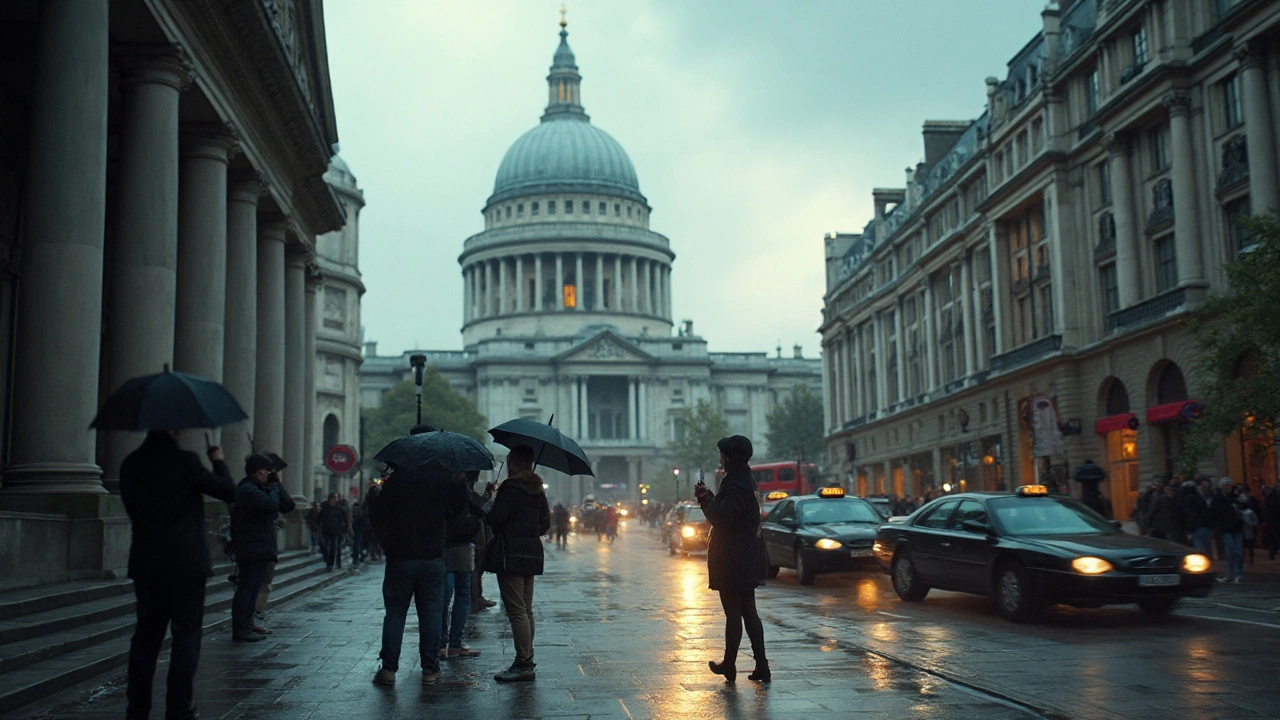
How Renaissance Architecture Shapes Modern Design and Cities Today
What survives from Renaissance architecture today? Clear principles, modern examples, and a cheat sheet to spot it in buildings, squares, and skylines.
Read more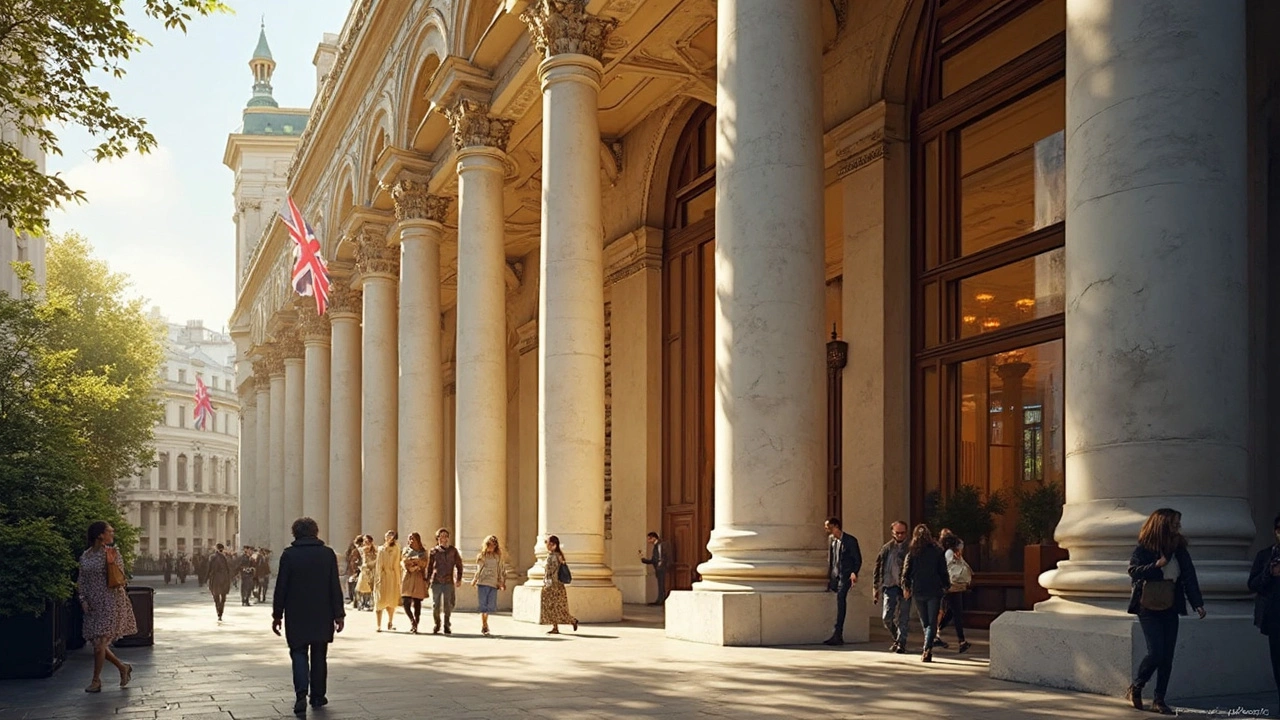
Baroque Architecture: Legacy and Impact on Modern Design
Baroque architecture isn’t just about fancy churches and palaces from centuries ago—it’s shaped more of today’s buildings than most people realize. This article breaks down exactly how baroque ideas and styles have slipped into modern design, from fat columns in city halls to interiors that feel dramatic and bold. You’ll get real-life examples, fun facts, and design tips inspired by this old-school but surprisingly current style. Love grand staircases or bold contrasts in architecture? You'll see where those ideas came from. Whether you’re into history, interiors, or just cool buildings, there’s something here for you.
Read more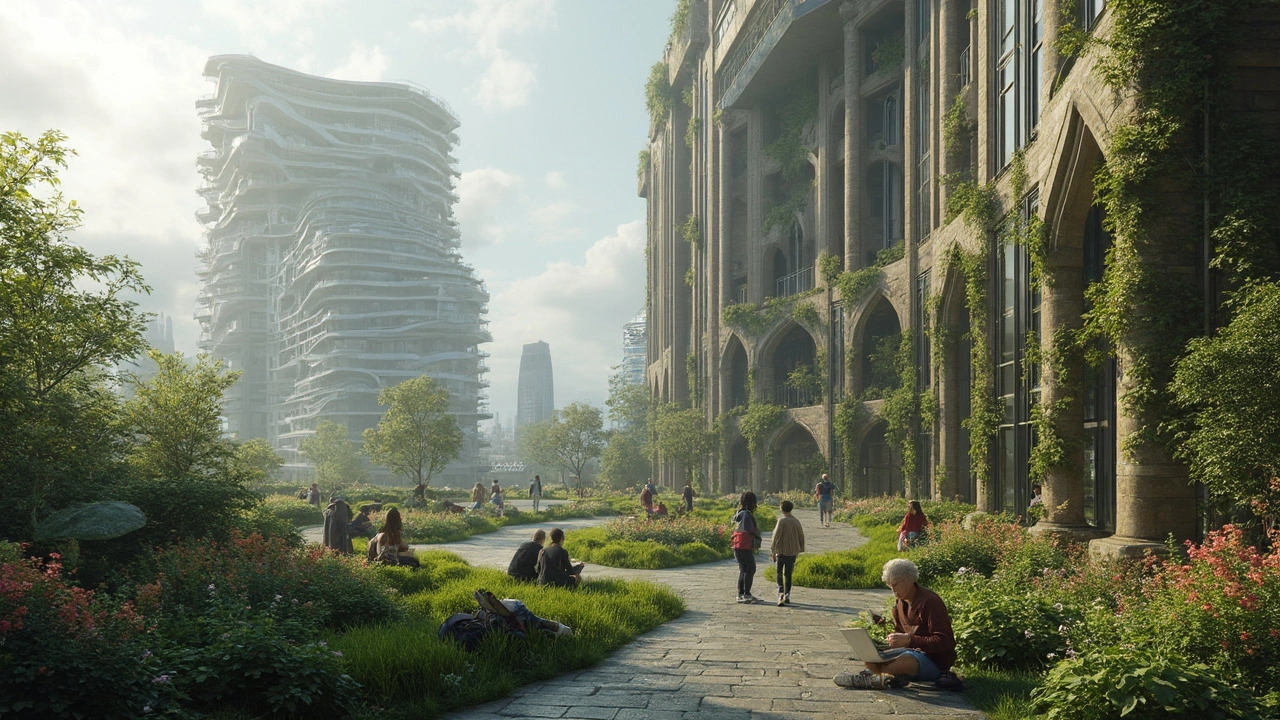
Reimagining Federal Architecture in the 21st Century
Federal architecture is getting a 21st-century makeover. Forget the predictable and the mundane, this new design wave blends practicality with breathtaking aesthetics. Be prepared to see eco-friendly materials and innovative spaces that serve public functions while nurturing communities. This article dives into how federal buildings are transforming, shedding the old for something impressively new and vibrant. Dive in and discover the fresh face of our public structures.
Read more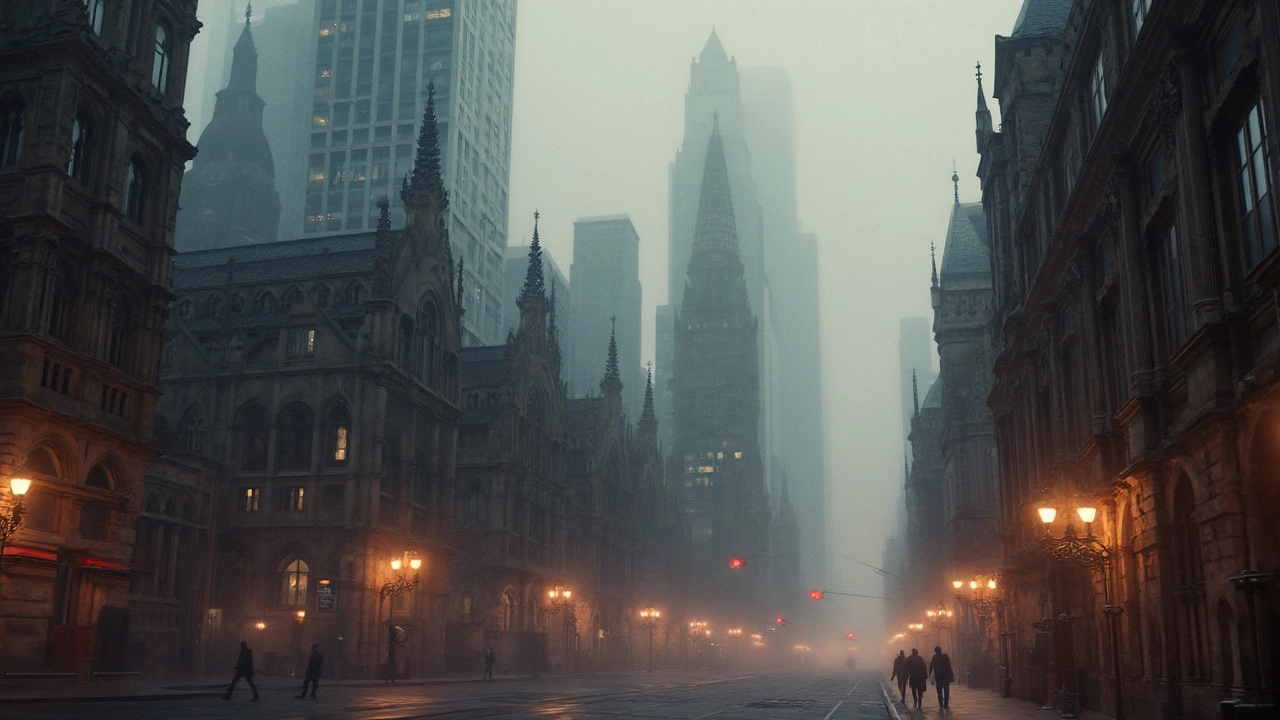
Gothic Revival Architecture: Blending Old-World Charm with Modern Flair
Gothic Revival architecture cleverly balances historical charm with modern design, reviving medieval elements for contemporary tastes. This style is recognizable by its pointed arches, ribbed vaults, and flying buttresses, originally inspired by the medieval Gothic design. As it rose to prominence in the 19th century, it encouraged the use of advanced building techniques and materials, influencing many modern architects. Today, Gothic Revival continues to fascinate by blending historical aesthetics with modern sensibilities.
Read more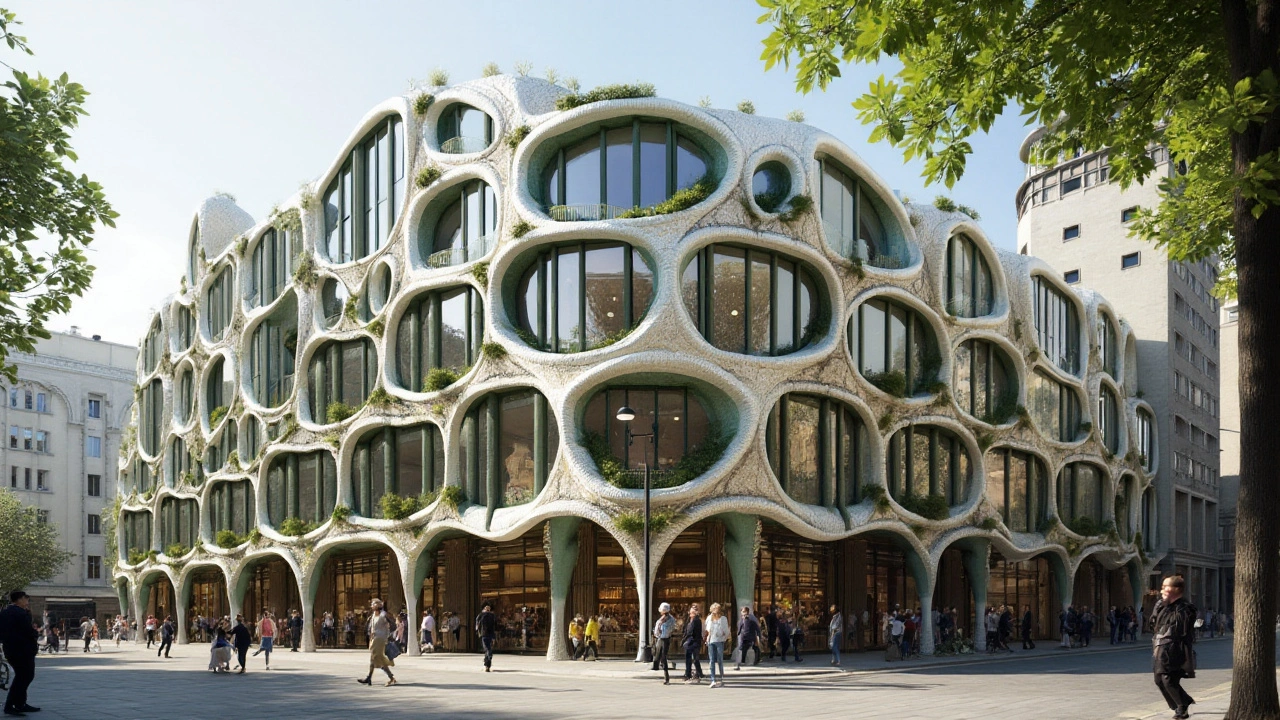
Art Nouveau Architecture's Impact on Contemporary Design Trends
Art Nouveau architecture, with its flowing lines and organic inspirations, marked a departure from the rigidity of its time and paved the way for modern design innovations. The style, distinguished by intricate details and a harmony with nature, continues to influence today's architecture. Current design trends incorporate the aesthetics and ethos of this period while adapting to contemporary needs and materials. Discover the subtle yet profound effect this romantic, turn-of-the-century movement has on today’s architectural landscape.
Read more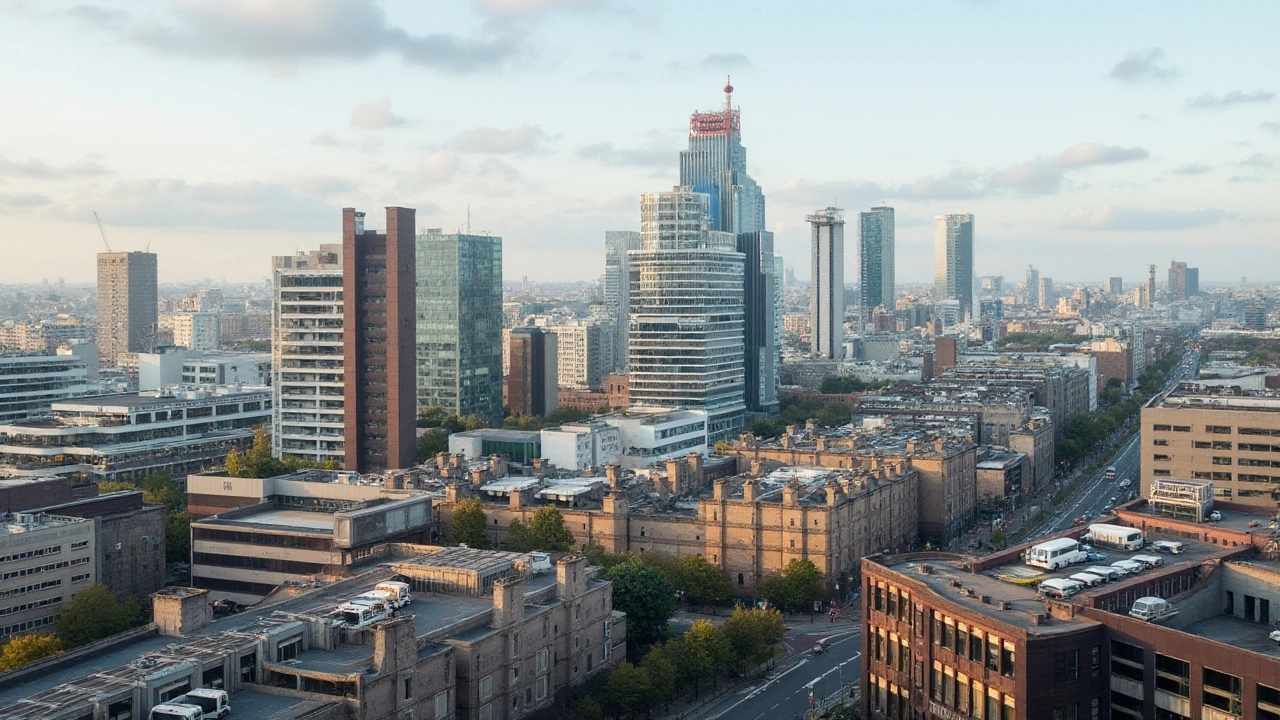
Exploring the Timeless Appeal of Bauhaus: Where Art Meets Architecture
The Bauhaus style, an architectural and artistic movement, harmoniously unites practical design with artistic vision. Emerging from early 20th-century Germany, it revolutionized modern aesthetic principles by merging fine arts, craftsmanship, and industrial design. This article delves into its core philosophies, lasting influence on today's architecture, and how its timeless simplicity continues to captivate designers. Learn the distinctive features that make Bauhaus a cornerstone of modern design and how it reshaped the relationship between function and form.
Read more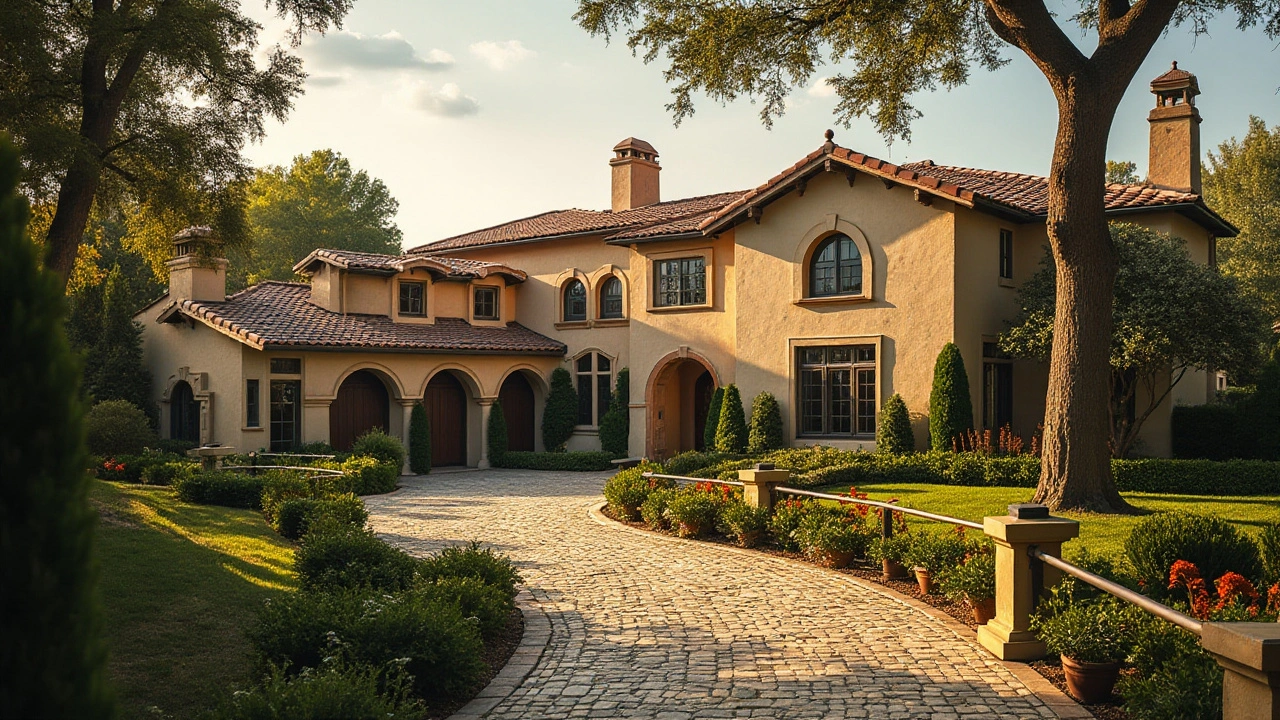
Mediterranean Revival Architecture: Impact on Contemporary Design Trends
Mediterranean Revival Architecture continues to be celebrated for its timeless elegance and charm, impacting the way modern structures are designed today. This style is characterized by its stucco walls, red-tiled roofs, and graceful arches, echoing the coastal homes of Spain, Italy, and Greece. It gracefully blends old-world charm with modern sensibilities, offering a warm, inviting, and stylish aesthetic in modern homes and buildings. Understanding its elements can inspire designers to incorporate Mediterranean elements into their projects creatively.
Read more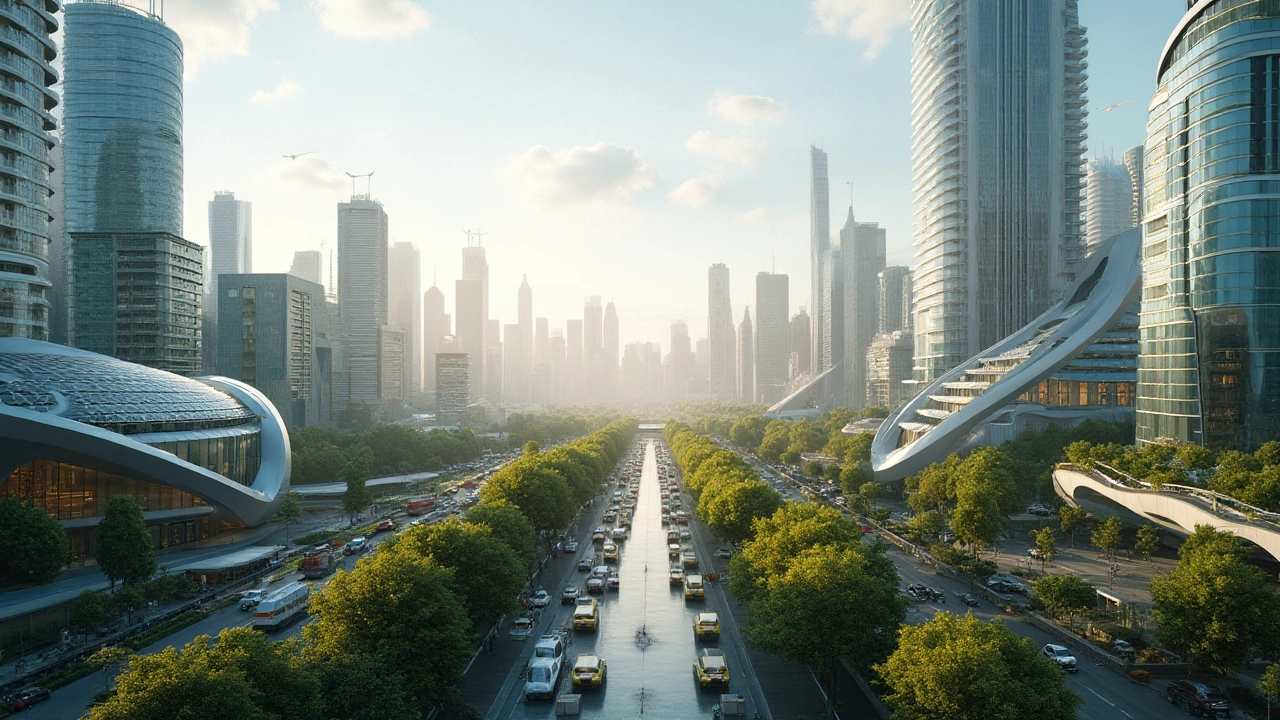
Revolutionizing Design: The Rise of High-Tech Architecture
High-tech architecture represents a transformative period in building design, where technology and structures merge to create innovative solutions for modern environments. This approach focuses on integrating cutting-edge materials and systems to enhance functionality and sustainability. Key principles include transparency, flexibility, and the use of lightweight materials, drastically changing how we perceive and interact with buildings. High-tech architecture not only reshapes our urban landscapes but also addresses environmental challenges by promoting energy efficiency and resilience.
Read more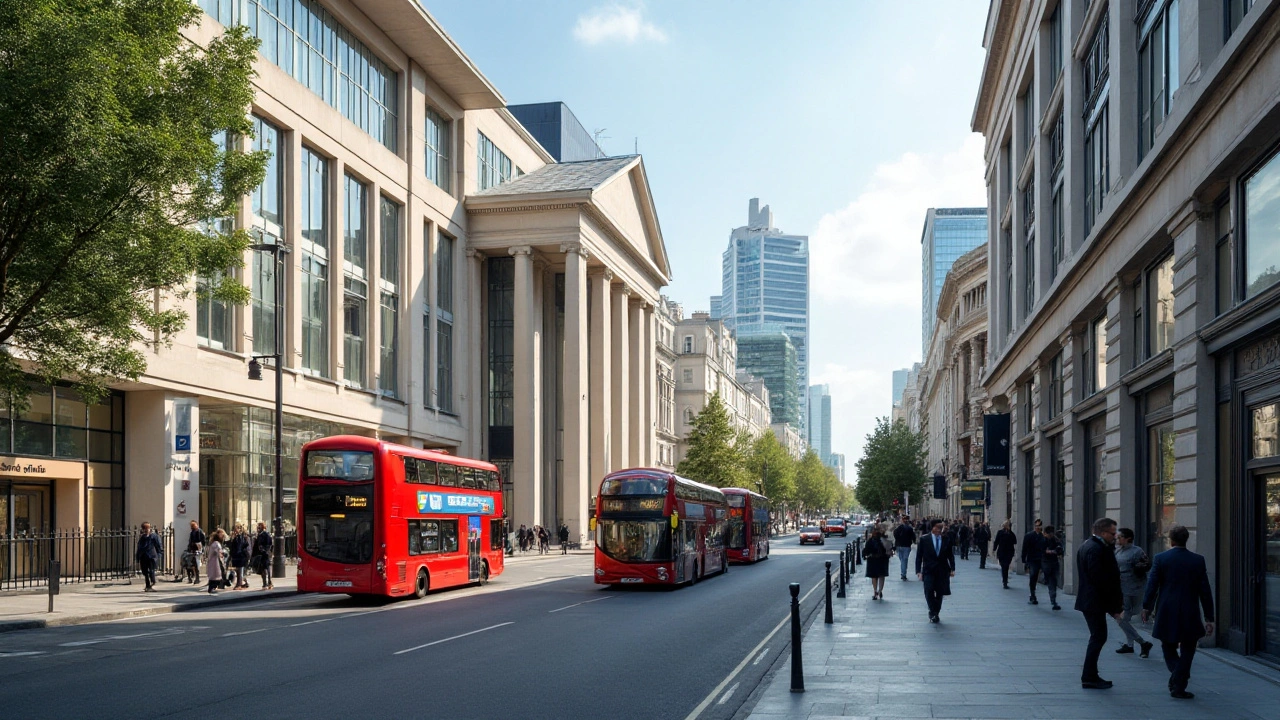
The Lasting Influence of Federal Architecture in Modern Design
Federal architecture, originating in the late 18th century, continues to shape modern design with its emphasis on symmetry, balance, and classical details. This article explores how these historic architectural principles remain relevant today and their impact on contemporary buildings.
Read more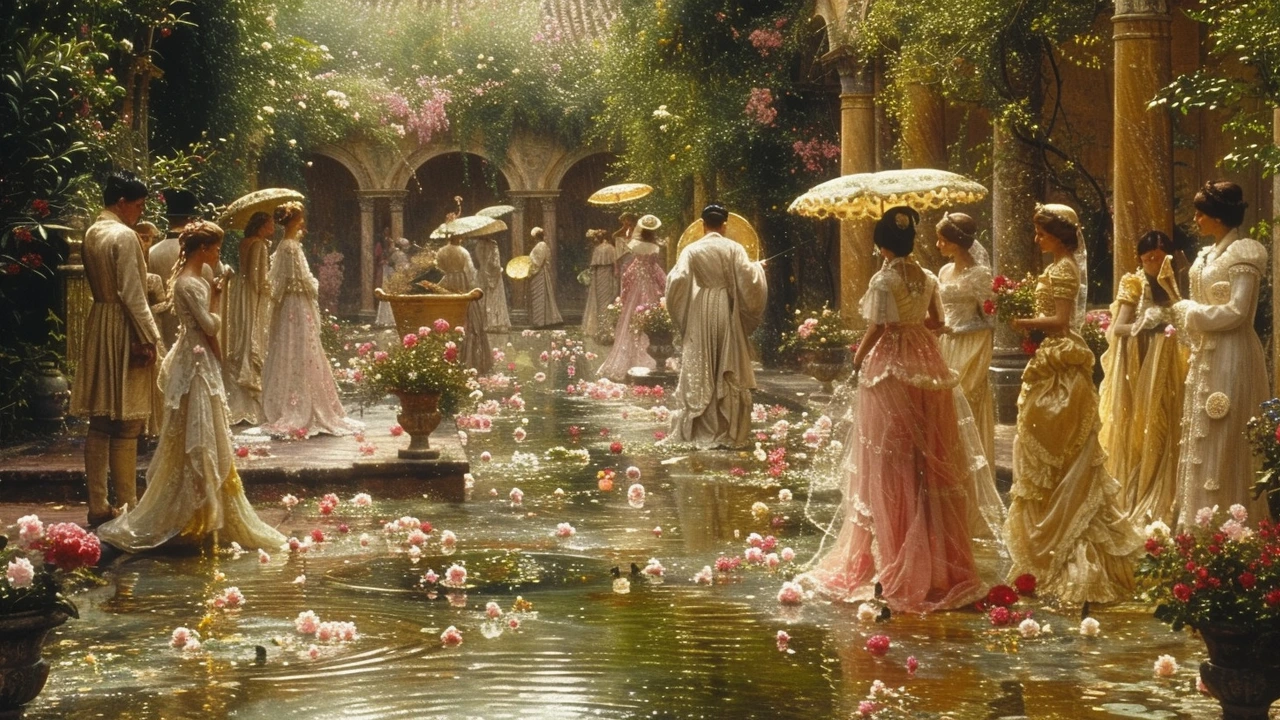
Renaissance Revival Architecture: A Blend of Old and New
Hey there! On today's blog, we're diving deep into Renaissance Revival Architecture, a truly unique blend of old and new. We will explore how this architectural style harmoniously combines historical inspiration with a fresh, modern twist. Grab your architectural dictionary as we delve into the distinctive aspects of this compelling style. This post is a great place for history buffs and design enthusiasts alike to learn something new!
Read more